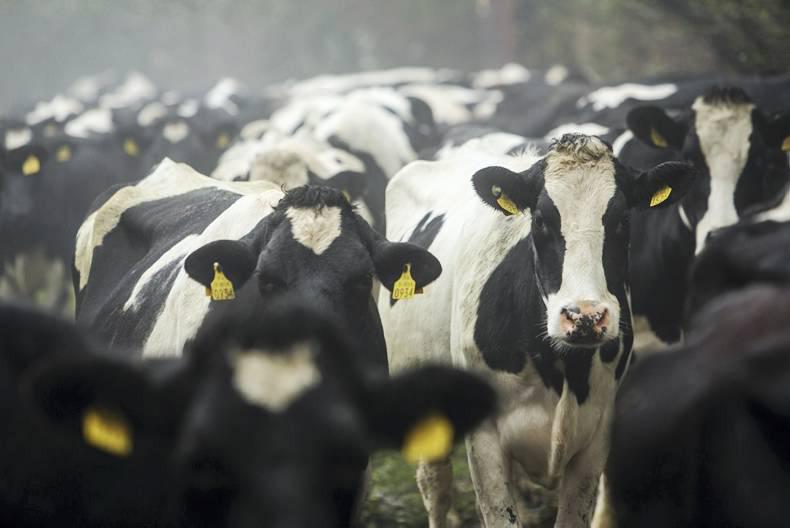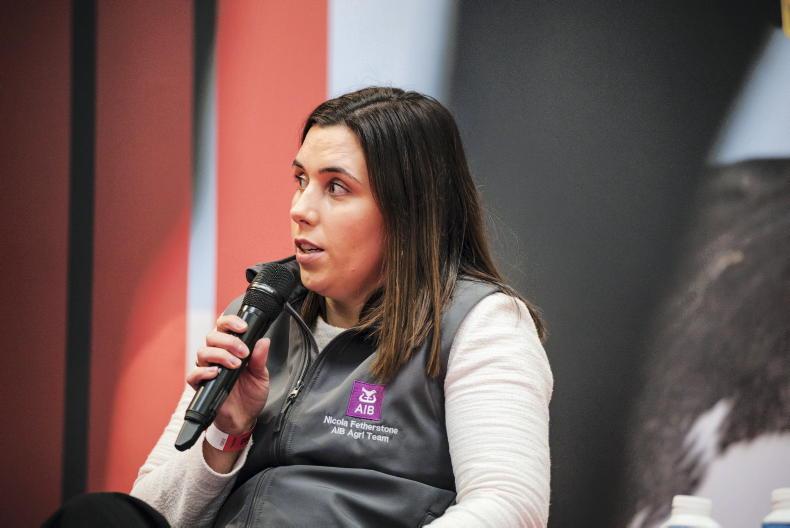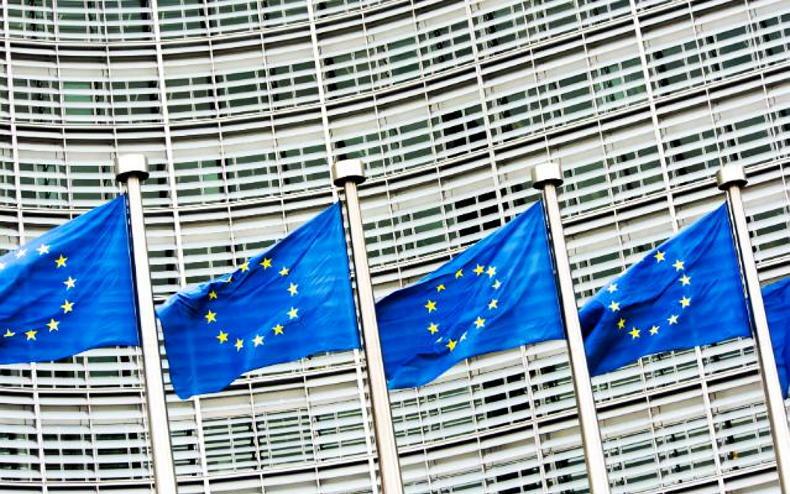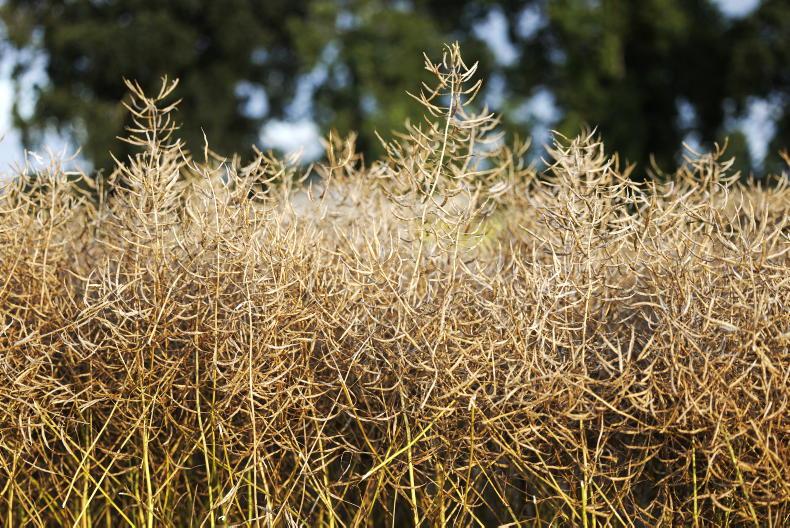European milk prices have been falling steadily from historically high levels for nearly two years. In many member states, they fell below production costs a number of months ago.
Because production is much less seasonal than ours, farmers have taken the brunt of the crisis earlier than here in Ireland, where farm incomes and cashflow will be under greatest pressure from spring.
In the search for solutions, political pressure has been applied by farmers throughout Europe. This is why various support measures were agreed by the EU Council of Agriculture Ministers last week (14 March), which have already been outlined in the Irish Farmers Journal.
One of the “solutions” sought by many EU member states was the reintroduction of production management. The EU Agriculture Council agreed to allow producer organisations use existing CAP legislation to incentivise voluntary supply restrictions.
What is article 222 of EU Regulation 1308/2013?
EU Regulation 1308/2013 is the portion of the CAP legislation which deals with market supports and management – the Common Market Organisation (CMO).
Article 222 of the CMO provides that, when markets for an agricultural product are severely imbalanced, and the EU has already used public intervention or private storage, the European Commission may permit some derogation from competition rules to allow producer organisations and their associations agree measures to stabilise the sector.
Those measures include, among others, the withdrawal of products from the market, and temporary planning of production. Both of those headings could therefore be used to provide for a voluntary reduction in milk production negotiated by producer organisations in individual member states, and incentivised in some way.
Any measure under this article is temporary, for an initial six-month period, renewable once with the European Commission’s permission.
Decisions
It should be noted that the utilisation of the article is subject to the decisions made not being found to undermine the proper functioning of the internal market, and the European Commission must adopt “implementing acts” to allow its use.
The IFA’s Dutch counterpart, the LTO, has tried using it for vegetable producer organisations to help stabilise the market for peppers, aubergine and tomatoes in the wake of the August 2014 Russian ban. It built its case for temporary market withdrawal of product and got support from DG Agri, but it was held up for three months before the case was rejected by DG Competition.
So, why has the Council of Ministers and the Commission agreed to allow its use?
The dairy industry in most member states is focused on the domestic market for consumer products, which return relatively higher and more stable prices than globally traded commodities.
Farmers and politicians in many of those countries believe that the crisis is being caused by over-production in a few EU member states rather than global factors, and would like to see those countries reduce their supplies.
Some, in their submissions to the EU Council of Ministers meeting, were looking for mandatory, EU-wide measures funded by the EU, as they felt that the countries which should reduce output are those that have expanded (including Ireland).
French submission
The French government had put forward a detailed submission, which proposed either mandatory or voluntary approaches based on article 222 and a few related articles of the CMO.
However, with the decision to abolish milk quotas made in 2003, and reaffirmed in 2008, EU-wide mandatory measures could be politically and even legally problematic. Focusing on article 222 measures was therefore the compromise accepted by the EU Agriculture Council.
It is easy to understand how one might influence prices by reducing supplies on a completely closed market.
However, the EU market for dairy products is not immune to global events, especially for those countries, such as Ireland, which export ingredients and commodities. But domestic consumer markets are affected too. EU retailers regularly use GDT results and global trends for leverage in their negotiations with local dairy suppliers.
So, if the EU’s response to the current crisis is to shrink EU supplies, a number of issues arise.
Competitors in other countries – the US, New Zealand, Australia, Argentina, Brazil, India and others – are not bound by EU decisions, and can equally over-produce and cause price pressures which EU producers will not be protected from. Also, when markets recover, dairy companies in these countries can and will take market share from EU exporters.
In light of the cyclical nature of markets and price volatility, cutting EU output with every crisis could only destroy the EU’s competitive, commercial export oriented dairy sector.
What of demand factors? Will a shrinking EU dairy sector ever be protected from global geopolitical events or global economic and demand trends when trade deals continue to reduce trade barriers? Last but not least – what of the progressive EU farmers who have invested, in Ireland and elsewhere, in the legal certainty of the end of quotas to grow their enterprises and supply what we know remains a long-term growing global demand?
Resisting mandatory production management
As production restrictions won’t work – and I really believe they can’t in a global market – the next EU dairy policy debate may well be whether the voluntary measures should become mandatory. Mandatory measures would not work any better while we are exposed to global markets, but they would be incredibly retrograde and damaging for the competitiveness of the EU dairy sector, especially the Irish sector. Such moves must be resisted.
For the dairy sector to be sustainable in its expansion project, farmers need to make a viable income year-in, year-out.
Global demand for dairy will continue to rise, so despite the current slump, the long-term outlook remains positive – but the market growth will not be linear and the prices will be volatile.
At present, too much of the risk in increasingly risky markets falls back to farmers. They will need more ways to secure their share in the chain, with access to more tools to combat the effects of volatility.
Options
Taxation options to manage volatile incomes, flexible, well-priced short- and long-term finance, hedging, fixed-price/margin contracts, margin insurance systems, etc – this is what national stakeholders and EU politicians must focus on facilitating, not ineffectual and retrograde production restrictions.









SHARING OPTIONS